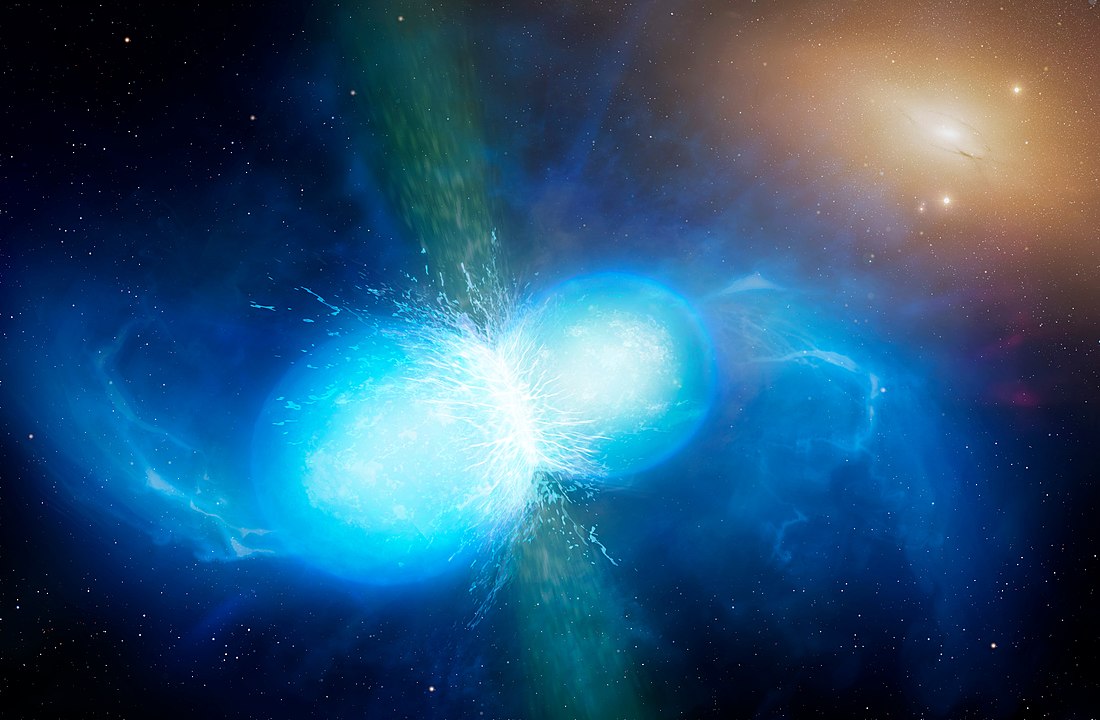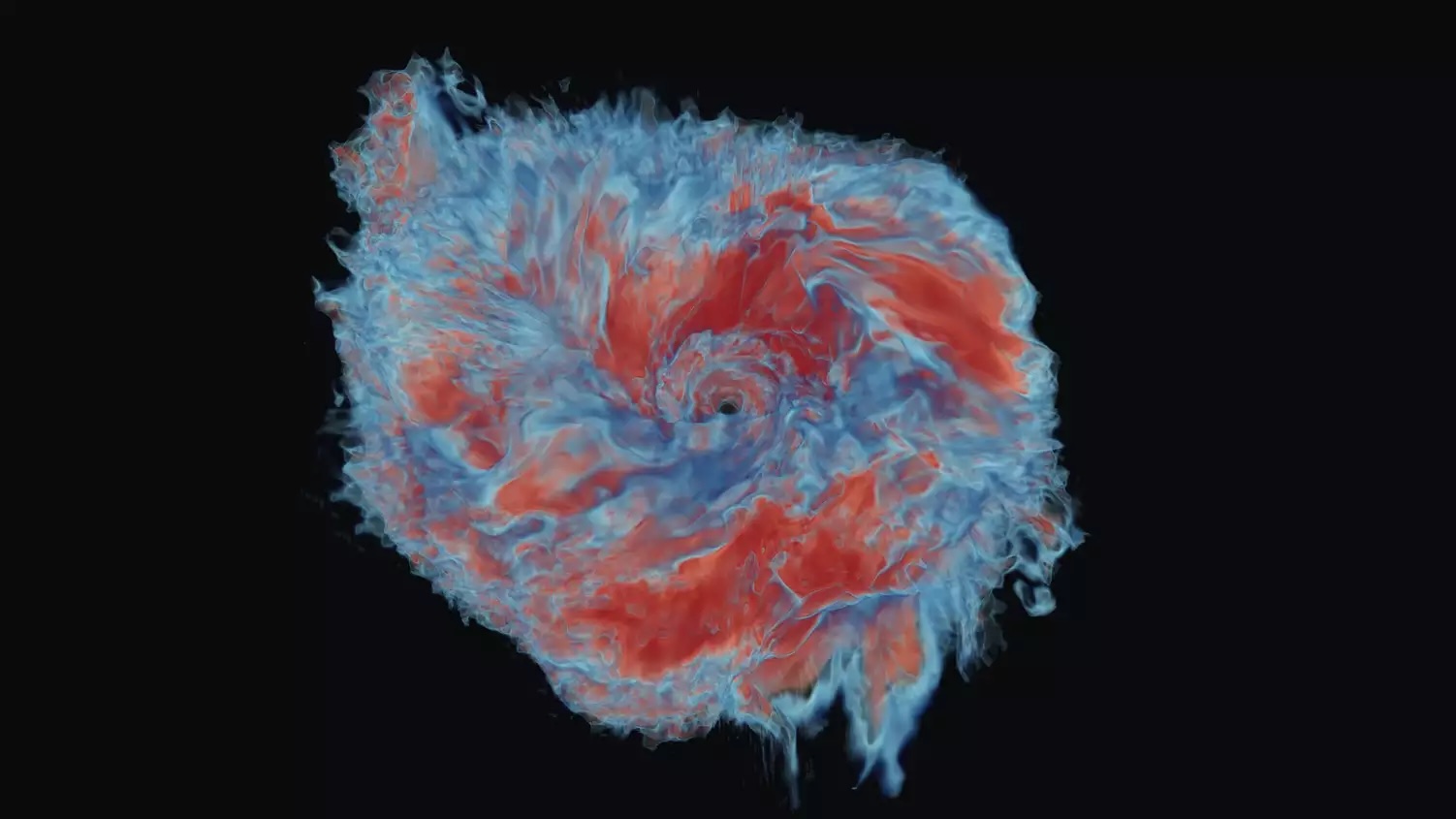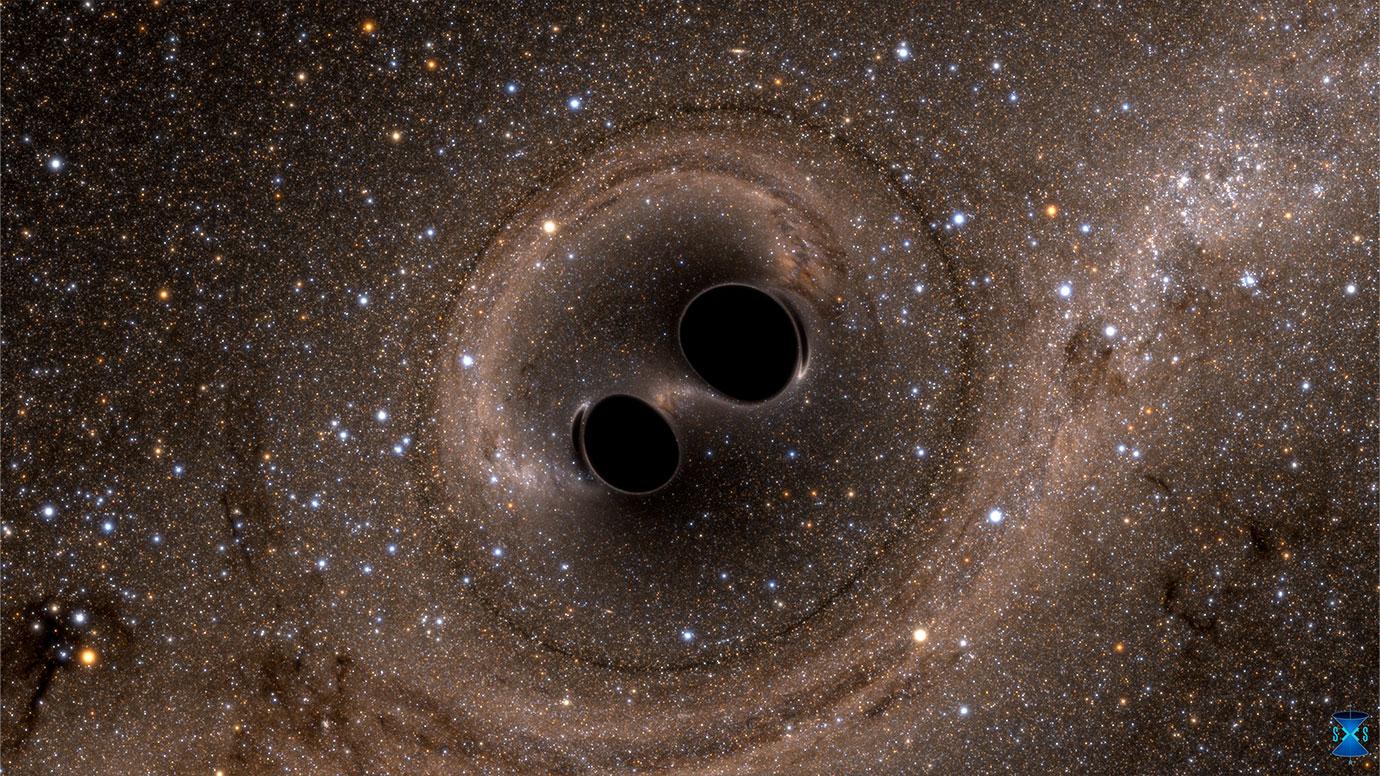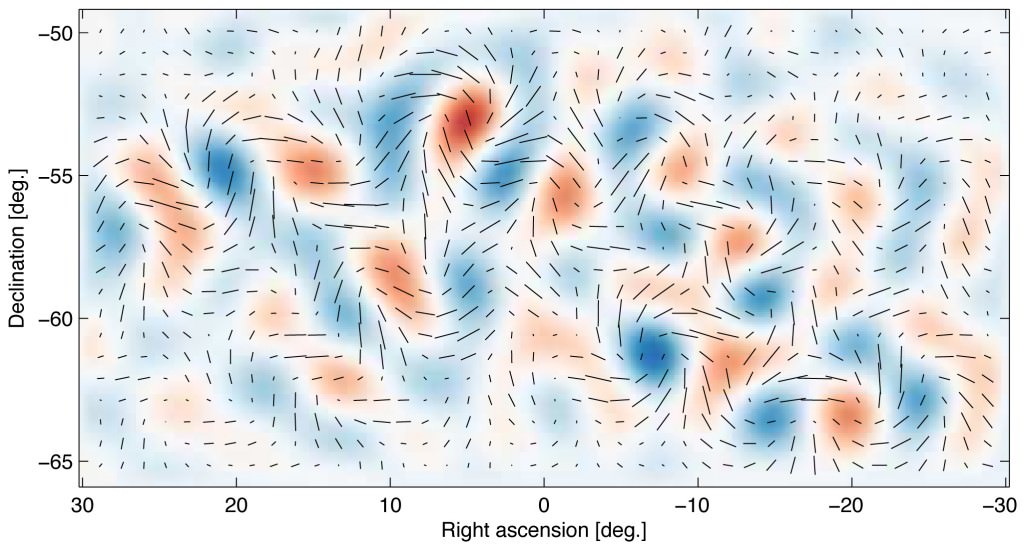Cosmology has had several ground-breaking discoveries over the last 100+ years since Einstein developed his theory of relativity. Two of the most prominent were the discovery of the Cosmic Microwave Background (CMB) in 1968 and the confirmation of gravitational waves in 2015. Each utilized different tools, but both lent credence to the Big Bang Theory, which relates to the universe’s formation. However, we still don’t understand a vital part of that formation, and a new review paper by Rishav Roshan and Graham White at the University of Southampton suggests that we might be able to make some headway on our one-second “gap” in knowledge by using our newfound understanding of gravitational waves.
Continue reading “How Gravitational Waves Could Let Us See the First Moments After the Big Bang”Primordial Holes Could be Hiding in Planets, Asteroids, and Here on Earth
Small primordial black holes (PBHs) are one of the hot topics in astronomy and cosmology today. These hypothetical black holes are believed to have formed soon after the Big Bang, resulting from pockets of subatomic matter so dense that they underwent gravitational collapse. At present, PBHs are considered a candidate for dark matter, a possible source of primordial gravitational waves, and a resolution to various problems in physics. However, no definitive PBH candidate has been observed so far, leading to proposals for how we may find these miniature black holes.
Recent research has suggested that main-sequence neutron and dwarf stars might contain small PBHs in their interiors that are slowly consuming their gas supply. In a recent study, a team of physicists extended this idea to include a new avenue for potentially detecting PBHs. Basically, we could search inside objects like planets and asteroids or employ large plates or slabs of metal to detect PBHs for signs of their passage. By detecting the microchannels these bodies would leave, scientists could finally confirm the existence of PBHs and shed light on some of the greatest mysteries in cosmology today.
Continue reading “Primordial Holes Could be Hiding in Planets, Asteroids, and Here on Earth”Future Gravitational Wave Observatories Could See the Earliest Black Hole Mergers in the Universe
In February 2016, scientists at the Laser Interferometer Gravitational-wave Observatory (LIGO) confirmed they made the first-ever detection of gravitational waves (GWs). These events occur when massive objects like neutron stars and black holes merge, sending ripples through spacetime that can be detected millions (and even billions) of light-years away. Since the first event, more than 100 GW events have been confirmed by LIGO, the Advanced VIRGO collaboration, and the Kamioka Gravitational Wave Detector (KAGRA).
Moreover, scientists have found numerous applications for GW astronomy, from probing the interiors of supernovae and neutron stars to measuring the expansion rate of the Universe and learning what it looked like one minute after the Big Bang. In a recent study, an international team of astronomers proposed another application for binary black hole (BBH) mergers: using the earliest mergers in the Universe to probe the first generation of stars (Population III) in the Universe. By modeling how the events evolved, they determined what kind of GW signals the proposed Einstein Telescope (ET) could observe in the coming years.
Continue reading “Future Gravitational Wave Observatories Could See the Earliest Black Hole Mergers in the Universe”Simulating the Last Moments Before Neutron Stars Merge

When stars reach the end of their life cycle, they shed their outer layers in a supernova. What is left behind is a neutron star, a stellar remnant that is incredibly dense despite being relatively small and cold. When this happens in binary systems, the resulting neutron stars will eventually spiral inward and collide. When they finally merge, the process triggers the release of gravitational waves and can lead to the formation of a black hole. But what happens as the neutron stars begin merging, right down to the quantum level, is something scientists are eager to learn more about.
When the stars begin to merge, very high temperatures are generated, creating “hot neutrinos” that remain out of equilibrium with the cold cores of the merging stars. Ordinarily, these tiny, massless particles only interact with normal matter via weak nuclear forces and possibly gravity. However, according to new simulations led by Penn State University (PSU) physicists, these neutrinos can weakly interact with normal matter during this time. These findings could lead to new insights into these powerful events.
Continue reading “Simulating the Last Moments Before Neutron Stars Merge”Gravitational Lenses Could Pin Down Black Hole Mergers with Unprecedented Accuracy
Gravitational wave astronomy has been one of the hottest new types of astronomy ever since the LIGO consortium officially detected the first gravitational wave (GW) back in 2016. Astronomers were excited about the number of new questions that could be answered using this sensing technique that had never been considered before. But a lot of the nuance of the GWs that LIGO and other detectors have found in the 90 gravitational wave candidates they have found since 2016 is lost.
Researchers have a hard time determining which galaxy a gravitational wave comes from. But now, a new paper from researchers in the Netherlands has a strategy and developed some simulations that could help narrow down the search for the birthplace of GWs. To do so, they use another darling of astronomers everywhere—gravitational lensing.
Continue reading “Gravitational Lenses Could Pin Down Black Hole Mergers with Unprecedented Accuracy”Colliding Neutron Stars are the Ultimate Particle Accelerators

Gamma-ray telescopes observing neutron star collisions might be the key to identifying the composition of dark matter. One leading theory explaining dark matter it that is mostly made from hypothetical particles called axions. If an axion is created within the intensely energetic environment of two neutron stars merging, it should then decay into gamma-ray photons which we could see using space telescopes like Fermi-LAT.
Continue reading “Colliding Neutron Stars are the Ultimate Particle Accelerators”Gravitational Waves Could Show us the First Minute of the Universe
Astronomers routinely explore the universe using different wavelengths of the electromagnetic spectrum from the familiar visible light to radio waves and infra-red to gamma rays. There is a problem with studying the Universe through the electromagnetic spectrum, we can only see light from a time when the Universe was only 380,000 years old. An alternate approach is to use gravitational waves which are thought to have been present in the early Universe and may allow us to probe back even further.
Continue reading “Gravitational Waves Could Show us the First Minute of the Universe”Simulation Perfectly Matches What We See When Neutron Stars Collide

There are many mysteries in the world of astronomy and a fair number relate to the processes during the end of the life of a super massive star. Throw in the complexity of collisions and you have a real head scratching problem on your hands. In 2017 colliding neutron stars were detected and the data has allowed a new simulation to be tested with predictions beautifully matching observation.
Continue reading “Simulation Perfectly Matches What We See When Neutron Stars Collide”Vampire Stars Get Help from a Third Star to Feed

Some stars are stuck in bad binary relationships. A massive primary star feeds on its smaller companion, sucking gas from the companion and adding it to its own mass while diminishing its unfortunate partner. These vampire stars are called Be stars, and up until now, astronomers thought they existed in binary relationships.
But new research shows that these stars are only able to feed on their diminutive neighbour because of a third star present in the system.
Continue reading “Vampire Stars Get Help from a Third Star to Feed”Vera Rubin Will Find Binary Supermassive Black Holes. Here’s How.
When galaxies merge, we expect them to produce binary black holes (BBHs.) BBHs orbit one another closely, and when they merge, they produce gravitational waves that have been detected by LIGO-Virgo. The upcoming Vera Rubin Observatory should be able to find them before they merge, which would open a whole new window into the study of galaxy mergers, supermassive black holes, binary black holes, and gravitational waves.
Continue reading “Vera Rubin Will Find Binary Supermassive Black Holes. Here’s How.”




